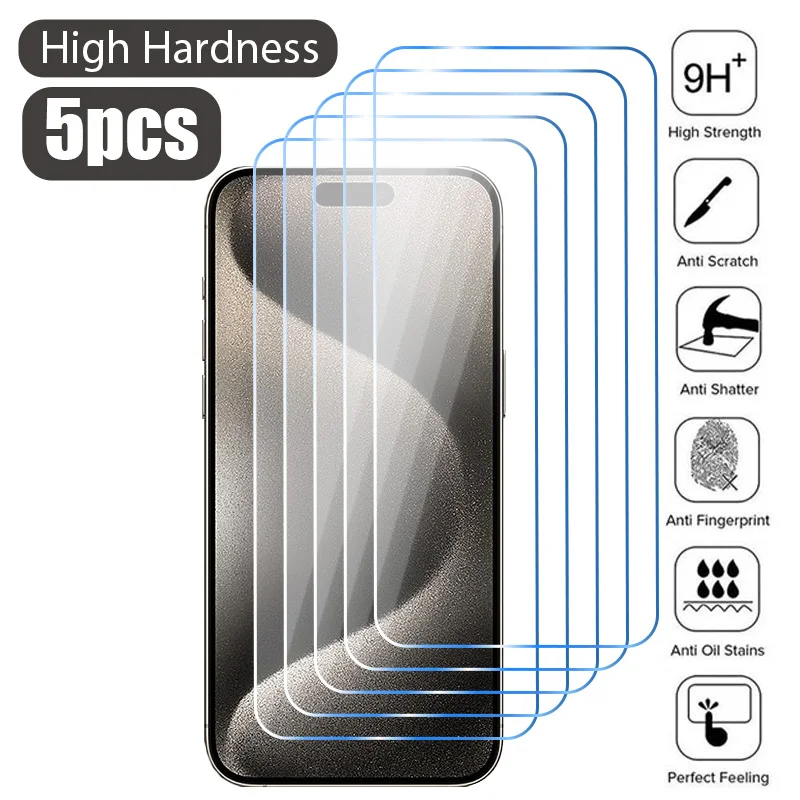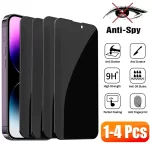Screen protectors have become essential accessories for smartphones, tablets, and other electronic devices. Their primary purpose is to safeguard the device’s screen from scratches, cracks, and other forms of damage. In this article, we’ll delve into the various types of screen protectors, their benefits, and why investing in one is crucial for maintaining the longevity of your device.
Understanding Screen Protectors
What Are Screen Protectors?
Screen protectors are thin layers of material that adhere to the surface of a device’s screen. They come in various forms, including tempered glass, plastic films, and liquid screen protectors. Each type has unique properties and advantages, catering to different user preferences and device requirements.
Types of Screen Protectors
- Tempered Glass Protectors: Made from chemically strengthened glass, these protectors offer excellent durability and scratch resistance. They can absorb impact and are less likely to shatter upon heavy drops.
- Plastic Film Protectors: Typically made from polycarbonate or polyethylene terephthalate (PET), these protectors are thinner and more flexible. They are effective against minor scratches but may not provide adequate protection from significant impacts.
- Liquid Screen Protectors: These are applied directly to the screen in liquid form, creating a nano-coating. They offer some scratch resistance and are invisible, maintaining the device’s aesthetic. However, they may not be as protective as tempered glass.

The Primary Benefits of Screen Protectors
Protection Against Scratches and Damage
One of the most significant benefits of screen protectors is their ability to prevent scratches. Everyday activities, such as placing a phone in a bag with keys or other objects, can lead to unsightly scratches on the screen. A high-quality screen protector acts as a barrier, absorbing the impact and preserving the device’s screen.
Impact Resistance
Screen protectors, especially those made from tempered glass, can greatly reduce the likelihood of screen cracks from accidental drops. The protector takes the brunt of the impact, often saving the device from costly repairs or replacements. This feature is especially important for those prone to dropping their devices frequently.
Enhanced Visibility and Touch Sensitivity
Maintaining Clarity
A common misconception is that screen protectors reduce screen clarity. However, high-quality protectors, particularly those made from tempered glass, are designed to maintain the original display quality. They offer high transparency levels, ensuring that colors remain vibrant and clear.
Preserving Touch Sensitivity
Screen protectors are engineered to be as thin as possible without compromising touch sensitivity. This means users can interact with their devices without any noticeable lag or decrease in responsiveness. The best protectors provide a smooth surface that feels just like the device’s original screen.
Additional Features of Screen Protectors
Anti-Glare and Anti-Fingerprint Properties
Many modern screen protectors come with specialized coatings that reduce glare and minimize fingerprints. An anti-glare feature is particularly beneficial for outdoor use, as it improves visibility in bright sunlight. Anti-fingerprint coatings make it easier to keep the screen clean, reducing the need for constant wiping.

Blue Light Filtering
Some screen protectors offer blue light filtering capabilities. With the increased amount of time spent on devices, blue light exposure has become a concern for many users, as it can contribute to eye strain and disrupt sleep patterns. Protectors with blue light filtering can help mitigate these effects, making for a more comfortable user experience.
Cost-Effectiveness of Screen Protectors
Affordable Device Protection
When considering the cost of replacing a damaged screen, investing in a screen protector becomes a financially sensible decision. A screen replacement can be significantly more expensive than purchasing a quality protector. By preventing damage, screen protectors can save users a substantial amount in repair costs.
Increasing Resale Value
Devices that are well-maintained and free from scratches and cracks have a higher resale value. Using a screen protector not only protects the screen but also helps maintain the overall aesthetic of the device. This care can lead to better offers when selling or trading in the device later on.
The Ease of Application and Removal
Simple Installation Process
Most screen protectors are designed for easy installation. Many come with installation kits that include cleaning wipes and alignment tools, making it straightforward for users to apply them without bubbles or misalignment.
Residue-Free Removal
When it comes time to replace a screen protector, the removal process is typically clean and straightforward. Quality protectors peel off without leaving behind sticky residue, ensuring that the device’s screen remains pristine.
Choosing the Right Screen Protector
Assessing Your Needs
When selecting a screen protector, it’s essential to assess your specific needs. Consider factors such as lifestyle, device usage, and personal preferences. For instance, if you frequently drop your device, a tempered glass protector may be the best option.
Researching Brands and Reviews
Before making a purchase, it’s wise to research different brands and read user reviews. Not all screen protectors are created equal, and user feedback can provide valuable insights into durability, clarity, and overall satisfaction.

Installation Tips for Optimal Results
Preparing Your Device
Before applying a screen protector, ensure your device’s screen is clean and free from dust or fingerprints. Use a microfiber cloth and a cleaning solution to wipe the screen thoroughly.
Following Instructions Carefully
Most screen protectors come with specific application instructions. It’s important to follow these closely to ensure a bubble-free application. Patience is key; taking your time during the installation process can lead to better results.
Maintenance and Care for Screen Protectors
Regular Cleaning
To keep your screen protector in optimal condition, regular cleaning is essential. Use a microfiber cloth and a gentle cleaning solution to remove fingerprints, smudges, and dust. Avoid abrasive materials that could scratch the protector. Establishing a routine cleaning schedule not only enhances visibility but also prolongs the life of the protector.
Inspecting for Damage
Periodically inspect your screen protector for any signs of wear or damage. Look for scratches, chips, or bubbles that may have developed over time. If you notice significant wear, it may be time to replace the protector to ensure continued protection for your device.
Compatibility with Cases
Finding the Right Fit
When selecting a screen protector, ensure it is compatible with your device case. Some protectors are designed to fit perfectly with specific cases, while others may be too thick or extend beyond the edges of the device. A well-matched combination of screen protector and case provides comprehensive protection without compromising usability.
Consider Edge-to-Edge Protectors
For those using full-body cases, edge-to-edge screen protectors can provide extra coverage, extending protection to the corners of the screen. These designs are particularly useful for users who prioritize maximum protection and want to minimize the risk of damage from accidental drops.
Environmental Considerations
Eco-Friendly Options
As awareness of environmental issues grows, many manufacturers are now producing eco-friendly screen protectors. These products often use sustainable materials and packaging, appealing to environmentally conscious consumers. Choosing eco-friendly options can help reduce waste and lessen the ecological impact of electronic accessories.
Recyclability of Protectors
When it’s time to replace a screen protector, consider its recyclability. Some brands offer programs for recycling used protectors, ensuring they don’t end up in landfills. Supporting companies with sustainable practices can contribute to a healthier planet while still enjoying device protection.
Conclusion: The Ultimate Device Protection
A Smart Investment
In conclusion, screen protectors serve multiple purposes, offering essential protection for electronic devices. They safeguard against scratches, impacts, and other forms of damage while maintaining the screen’s clarity and touch sensitivity.
Protecting Your Investment
Investing in a high-quality screen protector is a proactive measure to ensure the longevity of your device. With various options available, users can select a protector that fits their lifestyle and device needs. Ultimately, the benefits of using a screen protector far outweigh the minimal investment required, making it a smart choice for anyone looking to protect their valuable devices.


